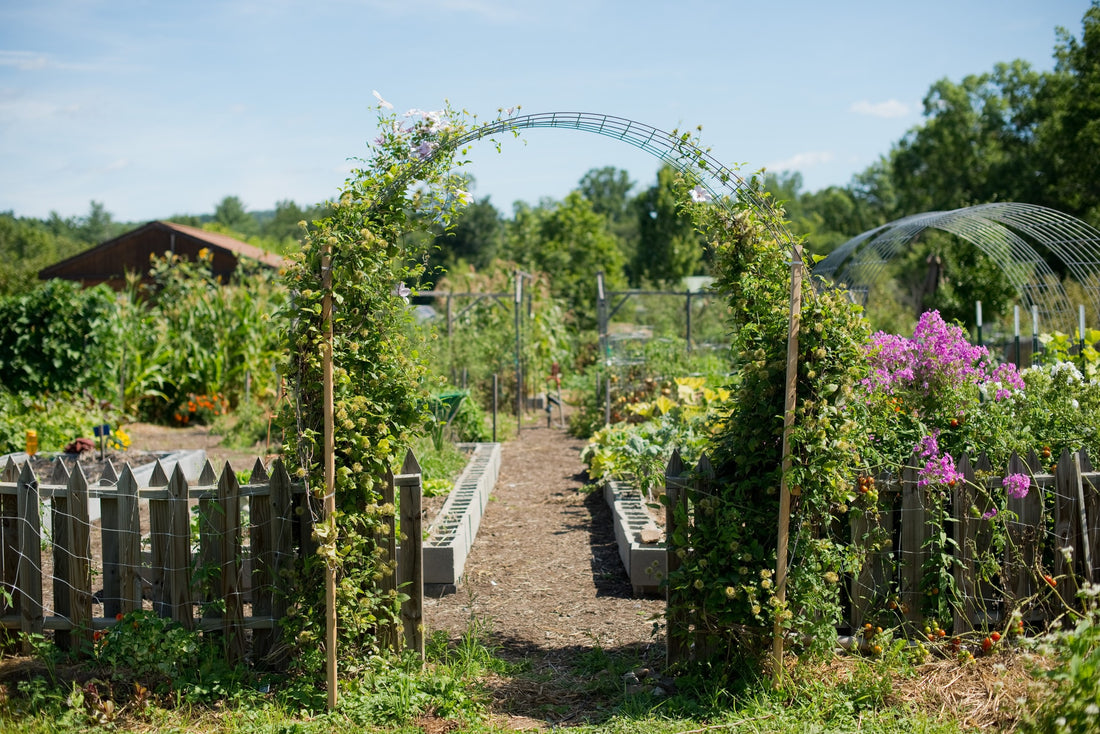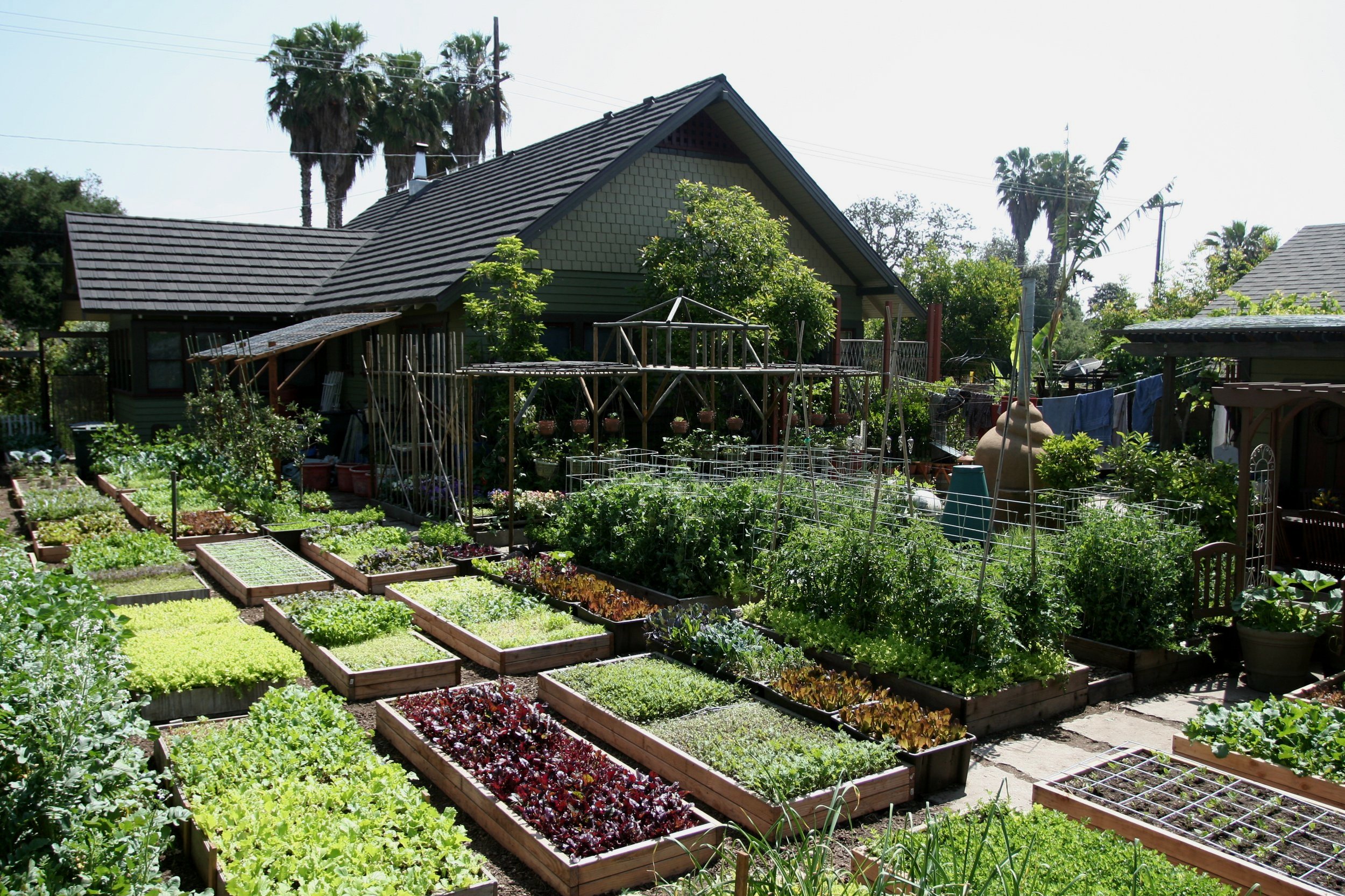Discover Necessary Tips for Successful Horticulture Techniques and Practices
Horticulture, often viewed as a straightforward leisure activity, encompasses a variety of methods and methods that can considerably influence the outcome of your efforts. By focusing on important components such as soil health, reliable sprinkling techniques, and appropriate plant choice, garden enthusiasts can develop a growing ecosystem that supports vivid development. Recognizing the nuances of pest monitoring and seasonal maintenance can further boost productivity. Lots of fanatics forget critical information that can make or damage their horticulture success-- discovering these neglected aspects might expose the secret to cultivating a flourishing yard.
Recognizing Soil Health And Wellness
Dirt health is a fundamental facet of successful gardening, as it directly affects plant growth, vitamins and mineral availability, and ecosystem balance. Healthy soil is characterized by an abundant biodiversity of bacteria, raw material, and a balanced pH level, which with each other create an environment for plant development.
To comprehend soil health, one have to consider its physical, chemical, and organic residential or commercial properties. The texture and framework of soil impact its capacity to keep dampness and nutrients, while the chemical make-up determines the accessibility of essential components like potassium, phosphorus, and nitrogen. Normal dirt testing is critical to assess these variables, enabling gardeners to make educated choices concerning amendments and fertilizers.
Furthermore, advertising biological task within the soil is crucial for preserving its wellness. Practices such as composting, crop turning, and the usage of cover plants can boost microbial variety, boost nutrient biking, and reduce dirt erosion. By focusing on dirt health, gardeners not just optimize plant growth but additionally add to a sustainable ecosystem, making sure that their gardening practices are environmentally accountable and durable over time.
Efficient Sprinkling Strategies
Making sure that plants get the proper quantity of water is crucial for their health and wellness and development, specifically when coupled with a solid structure of dirt health and wellness (Homestead Gardening). Effective sprinkling methods can dramatically affect plant vitality, lowering water wastage and advertising ideal development
One essential technique is deep watering, which motivates origins to grow deeper into the dirt, improving dry spell resistance. This strategy usually entails watering less often however in bigger amounts, allowing wetness to permeate the root zone extensively. Timing is also vital; morning is the ideal time to water, as it lessens evaporation and enables foliage to dry during the day, minimizing condition threats.
Additionally, employing mulch can assist keep soil dampness and manage temperature level, further assisting reliable watering practices. Making use of a drip irrigation system can additionally supply targeted moisture straight to the roots, guaranteeing that water gets to where it's most needed while conserving sources.
Keeping an eye on rains and soil dampness levels can guide modifications in your watering schedule, guaranteeing plants receive regular hydration without over-saturation. By adopting these effective sprinkling methods, garden enthusiasts can promote a growing environment for their plants to flourish.
Plant Option and Placement
Just how can the best plant selection and tactical placement change a yard into a flourishing ecosystem? The synergy in between plant selections and their positioning is critical for producing a vibrant yard. When picking plants, consider factors such as environment, soil kind, and sunlight direct exposure. Native species are often the most effective selection as they are adjusted to neighborhood problems and need much less maintenance. useful content
Strategic placement includes setting up plants according to their growth routines and demands. Taller plants need to be placed at the back of boundaries to stop shielding much shorter plants. Furthermore, grouping plants with comparable water and light requirements can enhance their growth and decrease competitors for sources.
Integrating a variety of plants not only includes visual charm however also promotes biodiversity, bring in beneficial insects and pollinators. Take into consideration the seasonal adjustments in your yard; choose a mix of annuals, perennials, and evergreens to make certain year-round passion.
Last but not least, bear in mind to examine the mature dimension of plants prior to planting to prevent congestion and make sure sufficient air flow. Thoughtful plant choice and calculated placement create an unified setting, permitting your yard to prosper while reducing difficulties.
Insect and Disease Administration
Effective parasite and disease management is important for maintaining a healthy and balanced garden ecological community - Homestead Gardening. An aggressive method, combining social, biological, and chemical approaches, can dramatically lower the influence of parasites and illness on your plants

Biological controls, such as introducing helpful pests like ladybugs or aggressive termites, can maintain bug populations in check without hurting the environment. Additionally, keeping plant wellness via correct watering, fertilization, and pruning will strengthen their strength against illness.
When intervention is needed, opt for targeted chemical treatments, making sure to adhere to application guidelines to lessen harm to non-target microorganisms. Always prioritize sustainable techniques, as they address promote long-lasting yard health and environmental balance. By incorporating these strategies, garden enthusiasts can efficiently handle conditions and insects, making certain prospering plants and an effective garden.

Seasonal Maintenance Practices
During each period, carrying out targeted maintenance techniques is vital for maximizing yard health and productivity. In springtime, emphasis on dirt prep work by testing pH degrees and including necessary amendments. This is likewise the optimal time to use plant foods and mulch to retain dampness and suppress weeds. On a regular basis check emerging plants for diseases and parasites.
As summer season strategies, make sure adequate watering while keeping an eye on for signs of tension or disease. Trim back overgrown plants to urge air circulation and lower moisture around vegetation. This practice not just enhances plant wellness yet likewise advertises blooming and fruiting.
With the arrival of fall, it's time to get ready for winter. Tidy up fallen leaves and particles to avoid parasite invasions, and take into consideration growing cover plants to enhance soil health and wellness. This period is likewise ideal for splitting perennials and growing spring-flowering bulbs.
Final Thought
Effective gardening hinges on the combination of audio practices in soil wellness, watering, plant selection, insect monitoring, and seasonal upkeep. By prioritizing soil testing and microbial diversity, utilizing reliable watering techniques, and choosing ideal plants, gardeners can create prospering ecosystems. Furthermore, positive bug management and thorough seasonal maintenance add significantly to general garden vitality. Accepting these methods promotes a effective and lasting horticulture setting, ensuring thriving growth and durability throughout the transforming seasons.
By focusing on essential components such as dirt health and wellness, effective watering strategies, and ideal plant option, gardeners can create a growing ecological community that supports vibrant development. By prioritizing soil wellness, gardeners not only enhance plant growth but additionally contribute to a lasting ecological community, making sure that their gardening techniques are ecologically responsible and resistant over time.
Taller plants should be placed at the back of borders to stop shading much shorter plants. Tidy up fallen leaves and click over here now particles to prevent bug infestations, and think about growing cover crops to enhance soil health and wellness.Successful gardening joints on the integration of sound practices in dirt health and wellness, watering, plant option, pest administration, and seasonal upkeep.